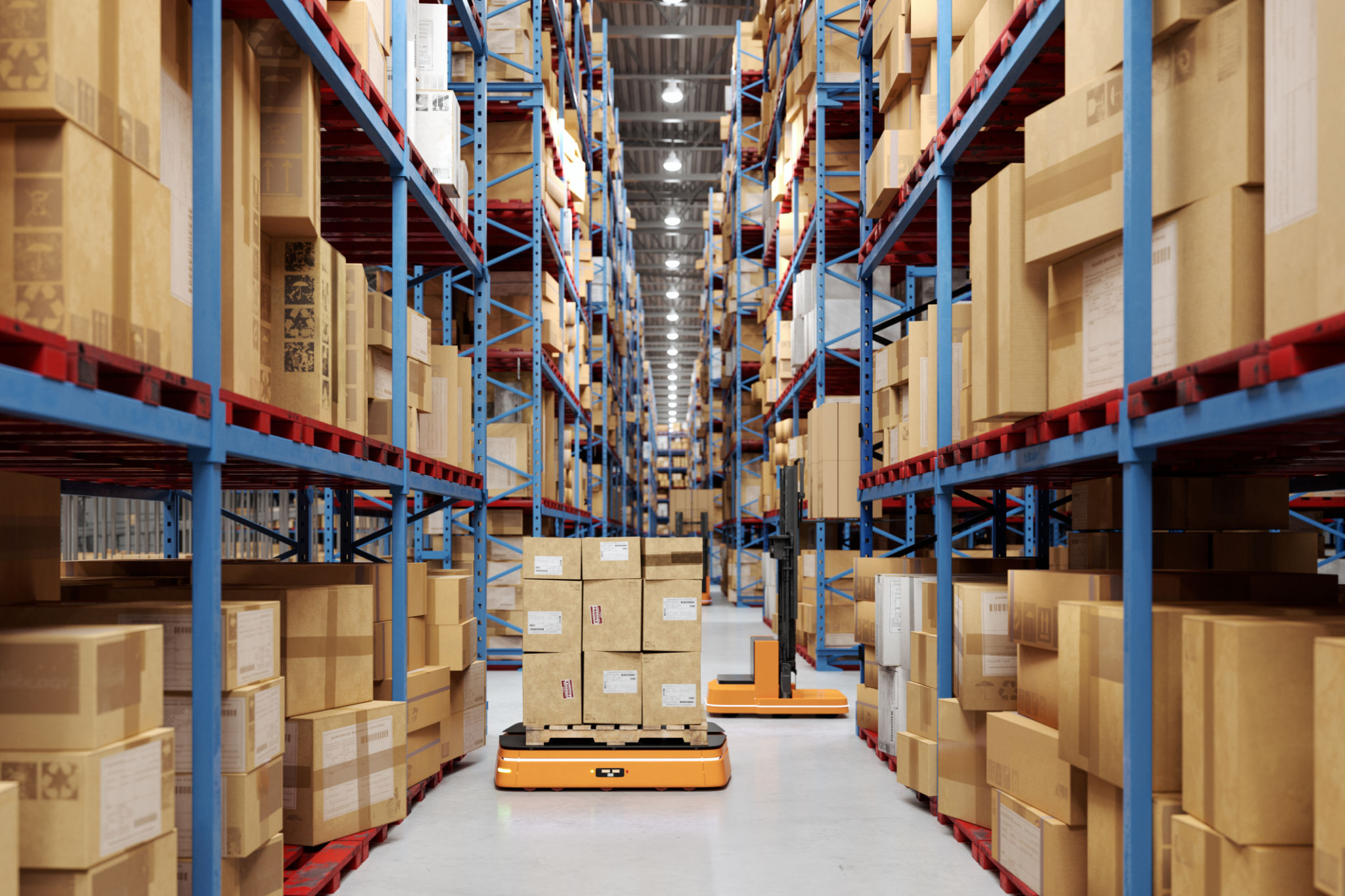Streamline Your Supply Chain: Warehouse-to-Store Logistics Explained
Understanding the Basics of Warehouse-to-Store Logistics
In today's fast-paced retail environment, the efficiency of your supply chain can make or break your business. Warehouse-to-store logistics play a vital role in ensuring products are available to consumers when they need them. By optimizing this process, retailers can significantly reduce costs and improve customer satisfaction.
Warehouse-to-store logistics involves the movement of goods from a central warehouse to individual retail locations. This process requires careful coordination to ensure that inventory levels are maintained and that products arrive on time and in good condition.

The Role of Technology in Streamlining Logistics
Technological advancements have revolutionized warehouse-to-store logistics. With the use of sophisticated software systems, businesses can track inventory in real-time, forecast demand more accurately, and optimize delivery routes. This not only reduces operational costs but also enhances the speed and reliability of the supply chain.
One key innovation is the integration of automation in warehouses. Automated systems can handle everything from sorting and packing to shipping, reducing the need for manual labor and minimizing human error. This ensures that products are processed faster and more efficiently.

Effective Inventory Management
Inventory management is a crucial component of warehouse-to-store logistics. By keeping accurate records and analyzing sales data, businesses can ensure they have the right amount of stock at the right time. This helps avoid overstocking or stockouts, both of which can be costly for retailers.
An effective inventory management system can also enhance communication between warehouses and stores. When demand spikes unexpectedly, stores can quickly communicate their needs to the warehouse, ensuring rapid replenishment of stock.
Optimizing Transportation and Delivery
Transportation is another critical aspect of logistics. Choosing the right method of transportation can significantly impact delivery times and costs. Companies must consider factors such as distance, delivery schedule, and product type when selecting transportation options.

Optimization of delivery routes is equally important. By analyzing traffic patterns and using GPS technology, businesses can find the most efficient routes, reducing fuel consumption and ensuring timely deliveries. This not only benefits the company financially but also has a positive impact on the environment.
The Importance of Communication and Collaboration
Effective communication and collaboration between different parts of the supply chain are essential for successful warehouse-to-store logistics. Using integrated systems that allow for real-time data sharing helps ensure that all parties are on the same page, reducing the risk of errors and delays.
Regular meetings and feedback sessions between warehouse staff, transportation providers, and retail managers can further enhance coordination and efficiency. By fostering a culture of collaboration, businesses can quickly adapt to changes in demand and continuously improve their logistics processes.